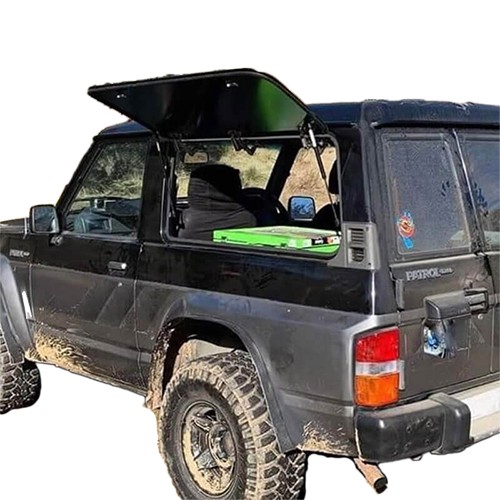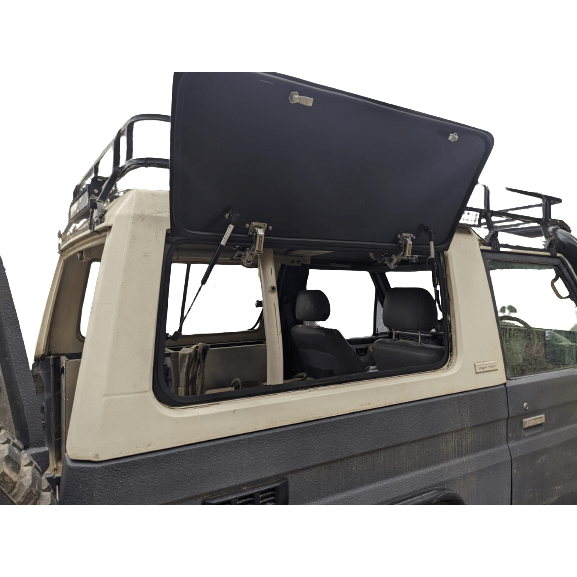Driving In Bulldust
Nobody ever said Australia was short of challenging landscapes, and not many of them are more challenging than bulldust. This is very fine powdery dust, almost like talcum powder, that tends to form on dirt tracks. You’re most likely to find it in areas where tracks get boggy in the wet, then bake all summer – the north has plenty bulldust.
A lot of people enjoy driving on bulldust. If you like to spend time on a skid pan, you’ll love this kind of surface. For most of us, however, it’s a bit of a pain. Get it wrong on bulldust and you can end up with a messy recovery job, or even a serious accident.
The big problem with bulldust is that, unless there’s a bit of wind or someone else has just driven over it, it looks like a nice smooth, firm surface. Then you drive onto it and suddenly everything goes to hell. The wheels start to lose grip, you need to hit the gas to keep speed up, and the world disappears in a cloud of dust.
And that’s if you’re lucky.
Sometimes bulldust patches are just a few centimetres deep and there’s hard ground underneath. If you can maintain a steady speed and go easy on the steering you should be able to get through that easy enough. Other times the dust goes a lot deeper – deep enough to bog you down if you don’t keep momentum up. If you do keep momentum up there’s probably a nasty surprise waiting for you at the other side, because these deep patches often have a rock-hard vertical edge. Hit that at any speed and you’re risking a burst tyre, a bent rim or even major suspension damage.
If you’re driving in an area where bulldust is likely to appear, keep an eye out for the signs of it. If there’s a sudden patch that doesn’t have any ruts in it, or tyre tracks have blurred into V-shaped channels, that might be bulldust. Stop and investigate it. If it is, check how deep it is and (if it’s not too far away) what the other side is like. If you can find a way around it that’s great. If not, drop your tyre pressures, turn the lights to low beam so you can be seen more easily through the dust, change into 4wd high range then set off. Keep speed below 80km/h, but don’t let it start to drop off – if it falls too low you probably won’t get it up again. Steer gently, and don’t try to correct every little deviation – just keep heading for the exit point.
Be extra careful of any bulldust that has bits of vehicles in it – shredded rubber or minor bits of bodywork, for example. That might mean there’s a hard edge that someone else has come to grief on.
Bulldust is murder on air filters, so make sure you check yours regularly and either clean or replace it if it’s eaten too much dust. Because bulldust is so fine it can be pretty hard to get rid of, and it also does a really good job of choking filters.
Anyone who goes off road is likely to find bulldust eventually, and it’s usually not a lot of fun. It’s like most things, though. If you know how to cope with it you’ll get through it in one piece.







